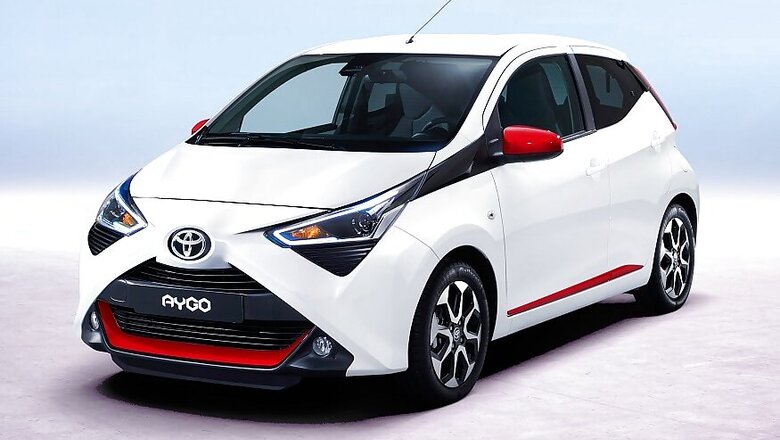
views
Until now, imported Japanese cars had a ten percent tariff imposed on them by the EU, and there was also a three percent tariff on parts. These tariffs will no longer apply, with the tariffs to be reduced to zero over eight years, but anyone assuming there will be a ten percent drop in the price of Japanese vehicles, in general, may be more than a touch disappointed. On the face of things, Japanese cars are already pretty popular in Europe, particularly Toyotas and Hondas, so a major reduction in the price of these models would only see Europeans buying more of them, right? Well, yes, it's a fair assumption, but for many models, it won't happen.
The reason is that a large number of the most popular models sold in Europe by Japanese manufacturers are built in Europe, and therefore don't attract the 10 percent external tariff in the first place. In actual fact, there are very few of the bigger-selling Japanese vehicles in Europe that are still built in Japan and exported to the EU. For example, the Toyota Yaris is built in France, the Toyota Auris is built in the UK and the Toyota Aygo is built in the Czech Republic. Likewise, the Honda Civic and Honda CR-V are both built in the UK.
However, if you fancy something a little more upscale, such as a Lexus for example, the majority of Lexus models sold in Europe are still built in Japan, and should, therefore, see a reduction in their price. Subaru is another manufacturer that doesn't assemble its cars in Europe, so if an Impreza is on your list of potential buys you could be saving some money in the future.
But just because a Japanese car isn't made in Europe it doesn't mean it will necessarily cost less. And that's because Japanese manufacturers also have a lot of manufacturing infrastructure in Southeast Asia and North, South and Central America, where tariffs still apply.
















Comments
0 comment